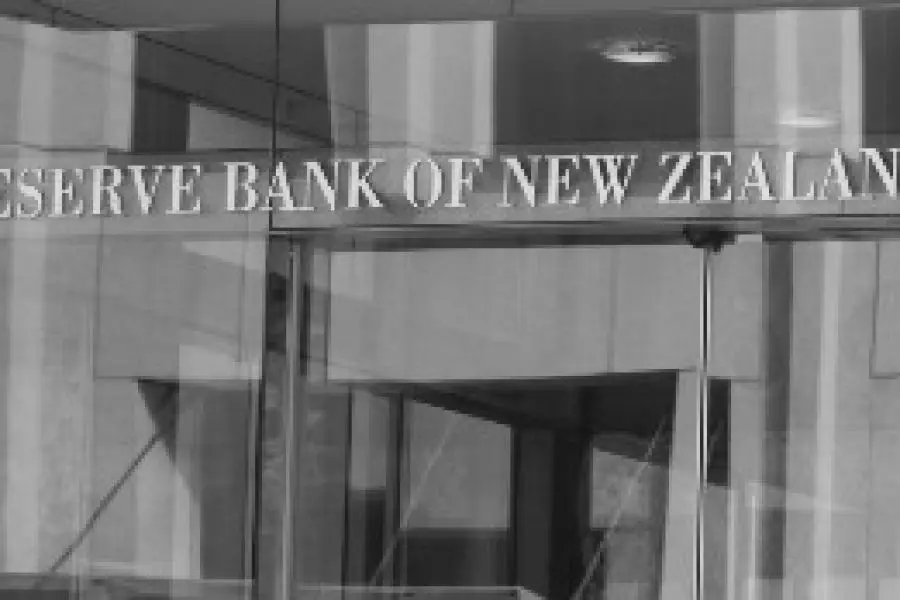
News
Fall in real house prices expected by Reserve Bank

Friday 20th of August 2021
It says prices should fall every quarter to early 2024 when there will be a 3% fall in house values.
The bank says in its latest Monetary Policy Statement it expects house price inflation to moderate significantly because of low population growth, high levels of house building, higher interest rates and tax policy changes.
“The key drivers of housing supply and demand have...
Want to read the full article?
Click the button below to subscribe and will have unlimited access to full article and all other articles on the site.
2 min read





![[The Wrap] Bye Bye Bayly](https://goodreturns.publit.io/file/c_fill,w_900,h_600/39f23ac1-f7c7-4854-b700-a150004ebbac.webp)


